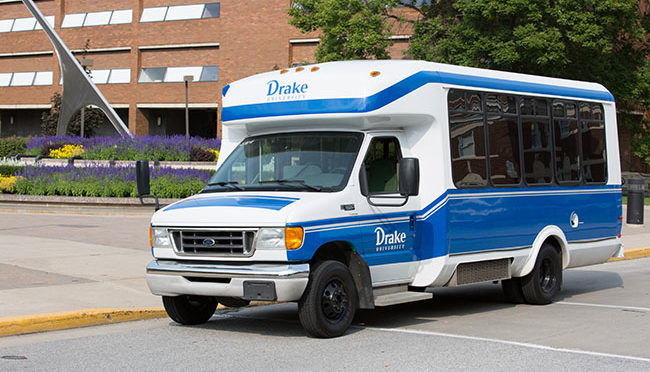Cultures and Languages Across the Curriculum Workshop. June 13–June 15. RSVP to marc.pinheiro-cadd@drake.edu.
Cultures and Languages Across the Curriculum (CLAC) is a growing movement that enhances students’ abilities to utilize language skills by applying them in other disciplines. This workshop will inform faculty members about CLAC and describe how they can assist students in reinforcing and furthering their knowledge of other disciplines through the second language they have studied. Students will be able to acquire information about the discipline and recognize the distinctive viewpoints only available through the second language. Workshop participants will learn how to create a “linked” course—one that supports a course currently being taught but that utilizes curricular materials written in a second language and from a particular cultural perspective. (For more information, please see the CLAC Consortium’s website: http://clacconsortium.org. Drake is an institutional member.)
For example, a course on the politics of the Middle East might be linked to a one-credit-hour course in which the students read and discuss texts in Arabic. The students return to the politics course and tell the students and professor what they learned from sources not generally accessible to most students. Another model has instructors incorporating elements of CLAC into an existing course without adding the additional one-credit-hour course. These are two models, but there are many other possibilities about which workshop participants will learn.
This is the second CLAC workshop held at Drake. Last summer, 12 faculty members attended the workshop and of those, eight have implemented a version of CLAC principles in a class. In October 2016, Drake will host the 10th Cultural and Languages Across the Curriculum’s national conference (http://clac2016.wp.drake.edu).
Ten participants will be paid $200/day for each day of the two-and-a-half-day workshop. We will meet from approximately 9a.m. to 3 p.m. Monday and Tuesday and 9 a.m. to 12 p.m. on Wednesday. Lunches will be provided. Those who then develop a linked course will receive an additional $500 after the revised syllabus has been submitted to Marc Pinheiro-Cadd.
Details on the facilitator will be forthcoming soon.
We hope you will join us in June.
Provost Mobile Office Hour: Thursday, 1–2 p.m., Cowles Library Cafe
—Joe Lenz, Interim Provost


